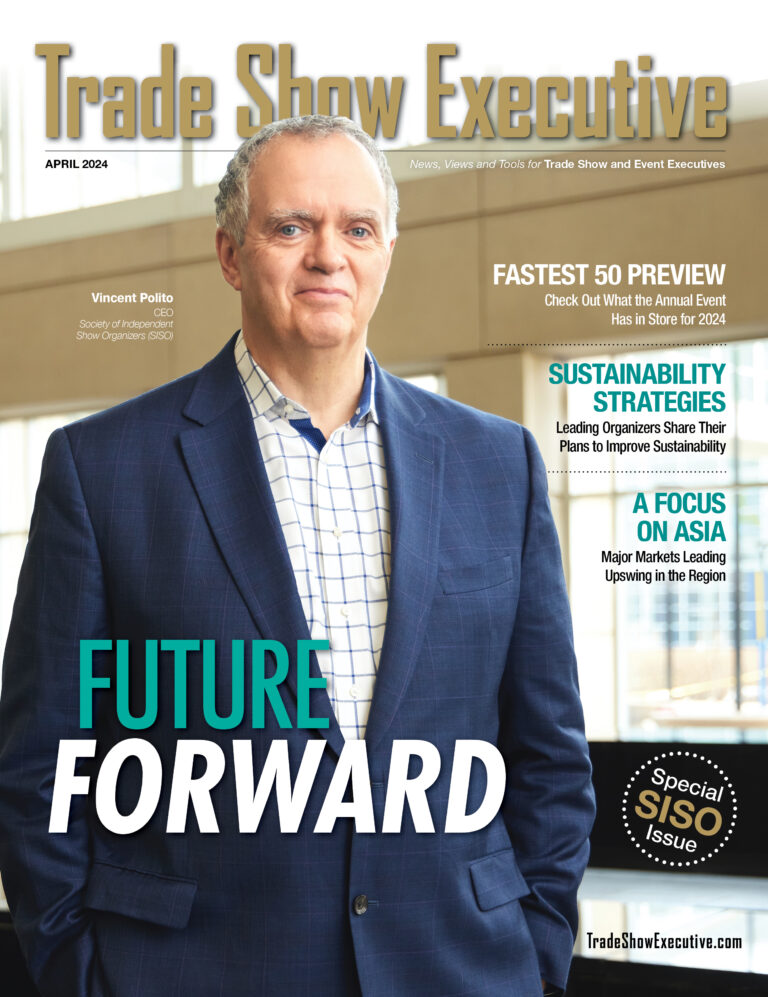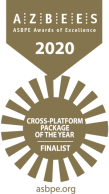Oceanside, CA — The days of taxpayers footing the bill for tax-free bonds to build sports stadiums could be nearing an end if a tiny line in President Obama’s proposed $4 trillion budget withstands scrutiny from Congress. In his budget, President Obama has proposed ending the longstanding practice of allowing cities and states to float tax-free bonds to finance stadiums and arenas. The idea has the support of fiscal conservative groups, but will likely be opposed by lawmakers from areas faced with the possibility of professional sports teams moving away.
Proponents of using tax-exempt bonds for stadiums argue the special financing mechanism creates jobs and promotes economic development. Detractors point to the way professional sports team owners use new facilities as a bargaining chip to keep teams in their current location. But some estimates place the cost to taxpayers for such stadium financing over the past three decades at $4 billion.
The President, who once voted for similar financing in Illinois to upgrade Soldier Field, said he now sees tax-free bond financing as something that creates an unfair market that essentially transfers the benefit of this type of financing to the private parties who reap most of the benefits instead of to the taxpayers for public benefit. That’s according to the U.S. Treasury Green Book that strives to explain the budget.
Most recently, the NFL’s St. Louis Rams, Oakland Raiders and San Diego Chargers have all gotten into the stadium fray, with plans pending in two Los Angeles County cities: a $1.7 billion proposal in Carson and a $1.86 billion privately financed plan for Inglewood.
While few trade shows are staged at stadiums, recent history shows that linking stadium and convention center facilities has at least some traction.
“We view (our) stadium, the Georgia Dome, as an important asset for selling the destination for convention/tradeshows that require or seek a stadium venue for their events,” said Frank Poe, executive director of the Georgia World Congress Center (GWCC). “With this venue on our campus (near) the GWCC, the Georgia Dome provides us with the added benefit of offering a venue to those convention/trade show clients that require additional exhibition space,” he said.
But linking new or expanded stadiums and convention centers also has proven to be a hard sell. San Diego, whose NFL Chargers have been seeking new facilities for at least a decade, took a look at the possibility of linking a new football stadium downtown with an expanded convention center, but last week said there were no longer plans for a joint use facility. And when AEG withdrew its plans for the Farmers Field NFL stadium as part of the L.A. Live/Convention Center complex in downtown Los Angeles, it also sent plans for a much-needed expansion and renovation of the aging convention center back to the drawing boards. The LACC currently offers just 720,000 nsf of exhibition space.
Officials in Milwaukee are nervously watching what happens as they ponder a new facility for the NBA’s Bucks using tax-free bonds. And Minneapolis officials claim its new $1 billion football stadium already has generated $800 million in additional development in the city.
The tax-free bond provision dates to the 1986 Tax Reform Act that said no more than 10% of tax-exempt bonds’ debt could be repaid by ticket sales or concessions from sports teams. But states and cities found other ways to pay off the bonds, including special assessments, hotel surcharges and car rental fees, and the financing mechanism helped build new facilities that have benefited at least 22 NFL teams and 64 teams in other sports, according to a 2012 Bloomberg analysis of such financing.
Poe said that the Georgia Dome –home to the NFL’s Atlanta Falcons—also offers clients an opportunity for “unique experience for food/beverage events.”
Reach Frank Poe at (404) 223-4000 or fpoe@GWCC.com











